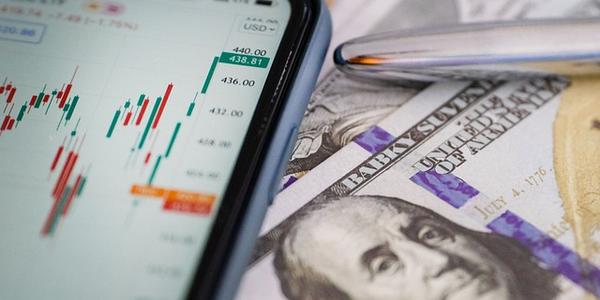A Young Investor’s Quest for Stability in Volatile Markets
As a recent intern at Stock Rover, I’ve been learning the ins and outs of investing and refining my strategies. With the goal of building a solid portfolio, I’ve been researching stocks using our platform, focusing on stable companies that provide high dividends. My thesis is centered around long-term income investing, seeking out well-established businesses with a proven track record of paying out significant dividends.
Developing an Investment Thesis
To determine which type of portfolio to build, I had to answer some fundamental questions: what kind of portfolio do I want? Do I prioritize growth or income? How much risk am I willing to take on? Should my investments be short-term or long-term? After careful consideration, I settled on a long-term income investor profile. This decision was influenced by concerns about the global economy’s future trajectory. The Eurozone’s ongoing financial struggles and the US’s slow recovery have led me to believe that the stock market is teetering on the brink of a significant downturn.
The Rationale Behind My Thesis
My investment thesis is rooted in the idea that safer stocks offering stable dividend income are the best bet for navigating uncertain markets. This approach is predicated on the notion that companies with proven track records of paying out high dividends are more likely to withstand market fluctuations. By focusing on these types of investments, I aim to create a portfolio that provides a steady stream of income and minimizes risk.
Stock Screening: A Powerful Research Tool
To identify potential investments that align with my thesis, I employed Stock Rover’s powerful stock screening tool. The criteria for my screen included:
- Market capitalization (to find established companies)
- Dividend yield (to identify companies paying high dividends)
- Price-to-earnings ratio (to find undervalued companies relative to their earnings)
- Exclusion of certain industries, such as energy, financial services, and tech, which I deemed too volatile for my investment strategy
The Screening Results
My screen yielded a list of companies that fit my investment thesis. These results are a testament to the effectiveness of Stock Rover’s research tools in identifying suitable investments.
A Closer Look at McDonald’s: A Cautionary Tale
In light of recent market developments, I decided to investigate McDonald’s (MCD) second-quarter earnings report. Published on July 23rd, this data revealed that McDonald’s had a disappointing quarter, with net income down 4.5% from the previous year and earnings per share falling short of analysts’ expectations by six cents.
Unfavorable Exchange Rates: A Major Concern
The primary factor contributing to McDonald’s lackluster performance was unfavorable exchange rates. The recent strength of the US dollar has reduced the value of McDonald’s sales in Europe, which accounts for 40% of its overall revenue. This currency conversion has resulted in a significant decrease in net income.
Looking Ahead: Challenges on the Horizon
McDonald’s projected a 3.5% to 4.5% increase in commodity prices this year, which will negatively impact profitability. Furthermore, the heat wave and drought affecting the US this summer have exacerbated these challenges. Given these factors, I’ve decided to remove McDonald’s from my research list.
Lessons Learned: The Importance of Currency Risk
This experience has taught me that even large, geographically diverse companies like McDonald’s are not immune to global economic pressures. The current market environment is characterized by uncertainty, and exchange-rate fluctuations can significantly impact a company’s profitability. In light of this, I’ve decided to focus on companies that do business primarily in the US dollar.
Conclusion
As an investor, it’s essential to remain adaptable and willing to reassess your investment thesis as market conditions change. This experience has reinforced the importance of conducting thorough research and staying informed about market developments. By doing so, you can identify potential pitfalls and focus on investments that align with your long-term goals.

